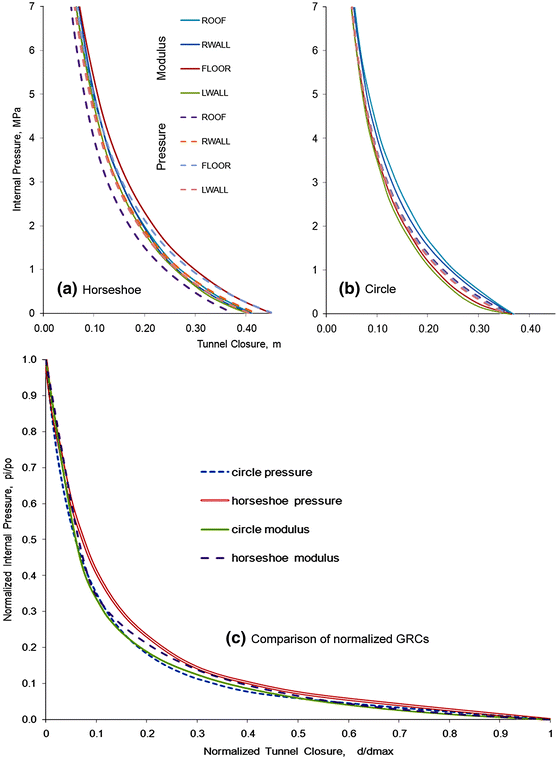


There are several approaches for the 2D simulation of tunneling, such as the gap, convergence–confinement, volume loss control, gradual softening and disk calculation method (Lee and Rowe 1991 Panet and Guenot 1982 Potts and Zdravkovic 2001 Rowe et al. Some assumptions are needed to simulate the third dimension of a tunnel in 2D models. This means that 2D models are still more commonly used in initial estimates of tunnels than the 3D ones (Karakus 2007 Vlachopoulos and Diederichs 2014). However, conducting such analyses is time-consuming and expensive. These analyses can well model the ground behavior in front of a tunnel face and 3D arching phenomenon occurring around the tunnel face (Bloodworth 2002 Burd et al. 1976 Potts 1977 Schmidt 1974).ģD numerical analyses allow a designer to realistically model the tunneling process. experimental, physical modeling and etc., are relatively good in predicting the ground–tunnel interaction behavior in some cases in general, it is not possible to consider all the effects, parameters and boundary conditions that depend on the tunnel construction characteristics in these methods (Attewell 1977 Cairncross 1973 Chen et al. Despite the fact that non-numerical methods, i.e. Variable stress reduction factor enables the convergence–confinement method to predict the realistic behavior of third dimension of the tunnel and can also be used as the best alternative to 3D models.ĭeformations and stresses analysis of tunnels is one of the main issues which has always been of interest for many researchers. The tunnel depth, soil type and tunnel shape have great influence on λ. The results of this study enhance our understanding of the role of geometrical and soil material parameters of tunnel on stress relaxation around tunnel walls. Finally, the 2D analysis using uniform and variable stress reduction factors determined in this paper is compared with the 3D analysis of the tunnel. For this purpose, four different ground types with various tunnel radii, depths and cross section shapes are considered.
#Examine 2d horseshoe excavation code
The aim of this paper is to look into the influencing factors on parameter λ around the tunnel walls using finite difference code in order to improve the accuracy of the CCM. Stress reduction factor, λ, is a dimensionless coefficient in two-dimensional (2D) analysis based on convergence confinement method (CCM) of tunnel which represents stress relaxation in the tunnel walls at different excavation steps.


 0 kommentar(er)
0 kommentar(er)
